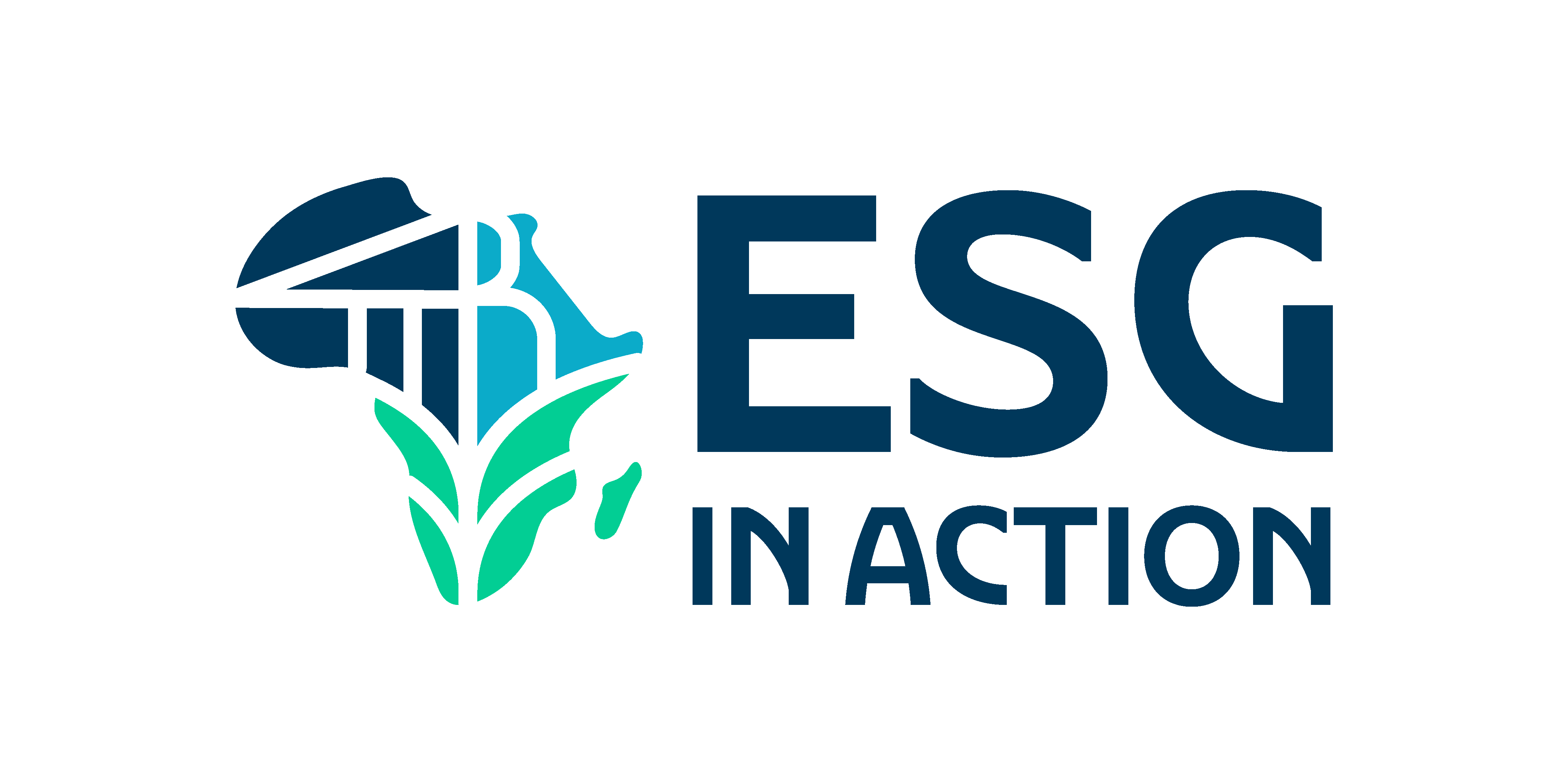
Why ESG Data Reporting Must Evolve Beyond Compliance in 2025


As global markets face significant policy changes, shifts in investor priorities, and increasing stakeholder expectations, organisations have come to a realisation: their data reporting must evolve or they risk falling behind.
For years, sustainability disclosures were seen mostly as compliance tasks. Companies submitted reports and moved on. But moving forward, that is not enough. Stakeholders now expect more than standard sustainability and Environmental, Social, and Governance (ESG) reports. They want evidence, clear impact, and accurate information; they demand transparency.
In this article, we explain why ESG data must go beyond compliance and how businesses, particularly in Africa, can adapt reporting mechanisms that support their operations and decision-making.
The Shift from Obligation to Practical Value


Initially, ESG reporting was seen as a responsibility or image exercise. Then came regulations like GRI, SASB, and the IFRS Sustainability Disclosure Standards, which required companies to formalise how they report sustainability data. Today, ESG reporting is expected to serve practical business purposes, not just reporting.
According to the World Economic Forum, companies that use sustainability data in their financial planning perform better than those that treat it as a separate topic. The rise in sustainable investing, responsible supply chains, and new financing tools shows that ESG is now linked with business performance.
Still, many businesses and organisations keep seeing ESG as a box to tick. They meet the basic requirements but do not use the data to guide real decisions. That gap creates risks, especially as technological tools and increased scrutiny make it easier to detect reports that do not reflect actual business practices.
Why Compliance Alone Is Not Enough
![]()
![]()
There are 3 main reasons why a compliance-only mindset no longer works.
- Investor Expectations Have Changed
More than ever before, investors want detailed and accurate data showing how ESG and sustainability factors affect a company’s operations. For example, a recent asset manager survey reported in the Financial Times found that over 70% of institutional investors view poor and inconsistent ESG data as a major obstacle to investment decisions. If anything, it shows a definitive resolve by investors to increasingly avoid companies that cannot provide reliable and transparent ESG data.
- Regulatory Pressure Is Increasing
Regulators in Europe, Africa, and across the globe are raising their expectations. The IFRS S1 and S2 standards, along with national efforts like Nigeria’s FRC roadmap, require companies to produce more accurate and consistent data. This includes independent checks and possibly digital filing in the future. We recently covered in detail how essential the IFRS standards are, particularly for businesses in Africa and Nigeria. If you missed it, here’s another opportunity to dive into it.
- Business and Financial Access Depends on ESG Readiness
Lenders and partners now consider ESG performance before offering credit, deals, or contracts. International buyers demand ESG alignment from suppliers, and ESG ratings are already used to assess creditworthiness and risk in many sectors.
ESG Data as a Decision Tool


It is important to emphasise that going beyond compliance means using ESG data to guide decisions, not just record activities.
Some examples include:
- Identifying Risks: ESG data helps uncover areas of concern such as carbon exposure, supply chain issues, or poor labour practices.
- Improving Operations: Tracking energy use or safety metrics can show where companies are wasting resources or facing preventable costs.
- Planning Ahead: ESG modelling tools allow companies to test future scenarios and prepare for changes in regulation or climate events.
When ESG data is used across departments, from finance to HR to operations, it becomes a useful tool for improving how a business operates.
What Companies Should Do in 2025


Whether a company is based in Lagos, Nairobi, or San Francisco, the following actions can help improve ESG reporting and make it more useful:
- Improve How Data Is Collected and Used
It starts with better systems. Companies need to build internal tools and workflows to collect accurate, up-to-date data. Staff need training, and departments need to work together to track ESG indicators effectively.
- Prepare for Independent Review
Even if assurance is not yet required, companies should prepare by improving their reporting systems. Limited assurance processes, lighter than full audits, can help test readiness and improve trust in the data.
- Link ESG to Company Strategy
ESG reporting should not be separate from the company’s main goals. If a company wants to reduce costs, ESG data can help identify where energy or waste is draining resources. Fully integrating and embedding ESG into a business makes its reporting part of the company’s growth.
- Report with Clarity and Consistency
Reports should be clear and based on facts. What changed, why did it change, and what are the results? This level of reporting shows commitment and helps stakeholders understand the company’s activities.
The Role of Technology in ESG Reporting


Digital tools and artificial intelligence are making ESG reporting faster and more accurate. Real-time tracking of emissions, platforms that automate data entry, and tools that link ESG with financial systems are helping companies reduce errors and save time.
Additionally, blockchain-based carbon tracking, for example, can help ensure that data on emissions is complete and unaltered. Now, this is essential for industries with long supply chains.
Consequently, as these tools become more common, companies need to treat ESG data with the same care as financial data. This is because it is not a side issue; it is part of business planning.
What This Means for African Companies


Many African companies face many challenges in adopting strong ESG systems, such as limited resources or unclear regulations. But there is progress. The Nigerian FRC roadmap gives a timeline, with full compliance expected for public interest entities by 2028 and for others by 2030. This gives businesses time to prepare, but also a chance to lead. Basically, this is why a partnership with ESGIAA can help companies understand the rules, build systems, and develop skills. This allows companies not just to comply, but to take the lead in their sectors.
Final Thoughts: Focus on Value, Not Just Reports


Above all, in 2025 and beyond, ESG reports that only meet minimum requirements will not be enough. Businesses need to use their ESG data to shape how they work, what they invest in, and how they build trust.
At ESGIAA, we help companies understand what their ESG data means and how to use it. From identifying key issues to setting up internal teams and systems, we support companies at every step.
ESG reporting should not be a burden. It should be a tool that helps companies make better decisions and stay ready for the future.
The time to improve is now.



